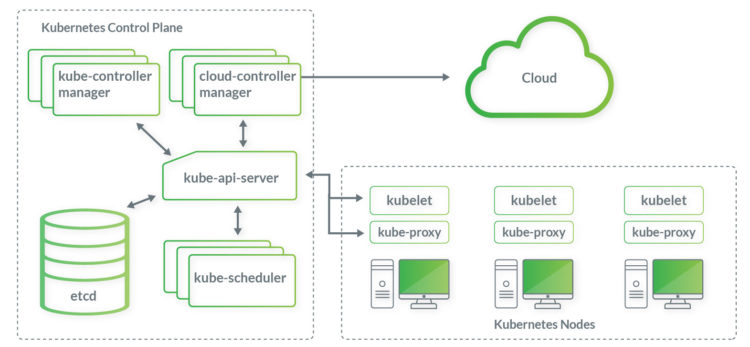

In order to create a deployment of nginx you can use this command kubectl run nginx -image=nginx The K8s Deployment controller is in charge of managing deployments.

They assist in ensuring that one or more instances of your application are accessible to serve user requests in this fashion. A deployment runs many copies of your program and replaces any that fail or become unresponsive automatically. Let us now learn about the main things that we have to deal with on Kubernetes and they are common whether you are working on a cloud Kubernetes environment or on a self-hosted one.ĭeployments are a collection of many, identical Pods with no distinguishing characteristics. Now, we have learned about some terms and components that we need when we are trying to setup up the Kubernetes Cluster for the first time on-premises. Otherwise, the traffic is forwarded by kube-proxy. If an operating system packet filtering layer exists and is available, kube-proxy uses it. These network rules allow network sessions inside or outside of your cluster to communicate with your Pods. On nodes, kube-proxy keeps track of network rules. Kube-proxy: The Kubernetes Service idea is implemented via kube-proxy, a network proxy that runs on each node in your cluster. It will continue to configure the local node until the requirement is met. It responds to API requests for Pod specs. Kubelet: Changes and configuration on worker nodes are handled by the kubelet systemd process. The scheduler will attempt to bind available resources (such as volumes) before attempting to deploy the Pod again based on availability and success. Kube-Scheduler: To determine which node will host a Pod of containers, the kube-scheduler use an algorithm. This agent is the only connection to the etcd database, and it accepts and validates all actions. This agent is in charge of all calls, both internal and external. Kube-API Server: The kube-api server is critical to the Kubernetes cluster’s functionality. It saves and replicates the state of the Kubernetes cluster. Worker Node - They are used to run user-defined containers and will have an instance of kubelet, kube-proxy, and container runtime, running on each node.Įtcd: Kubernetes’ core datastore is etcd, a distributed key-value store.Master Node - The control plane binaries will be bootstrapped on a master node, which is also known as a control-plane node, and it will solely be responsible for all components within the control plane, such as etcd and the kube-api server.A Kubernetes cluster is made up of nodes, which are worker machines that run containerized apps.


 0 kommentar(er)
0 kommentar(er)
